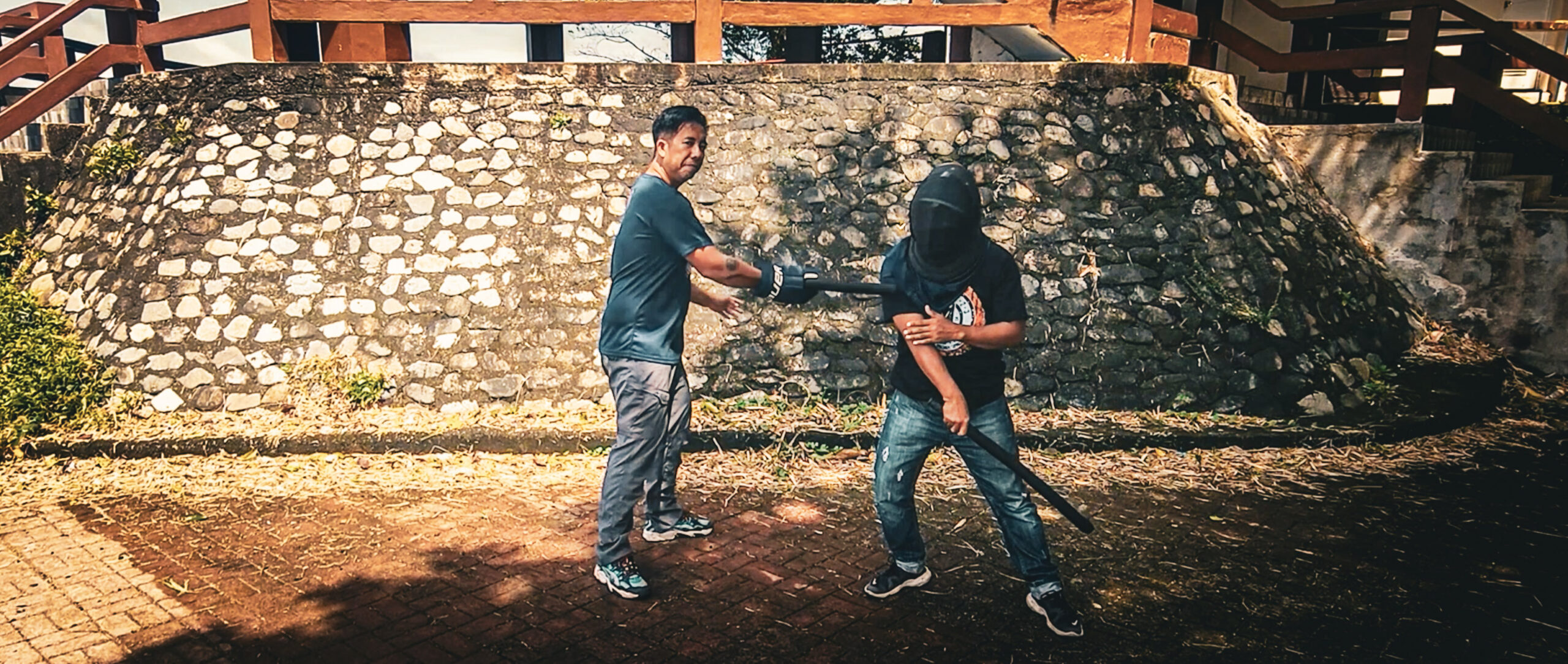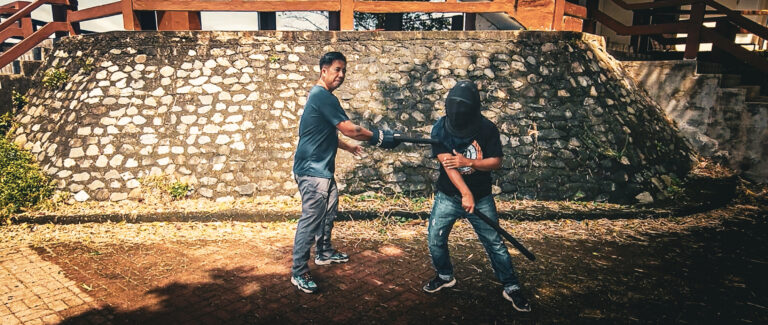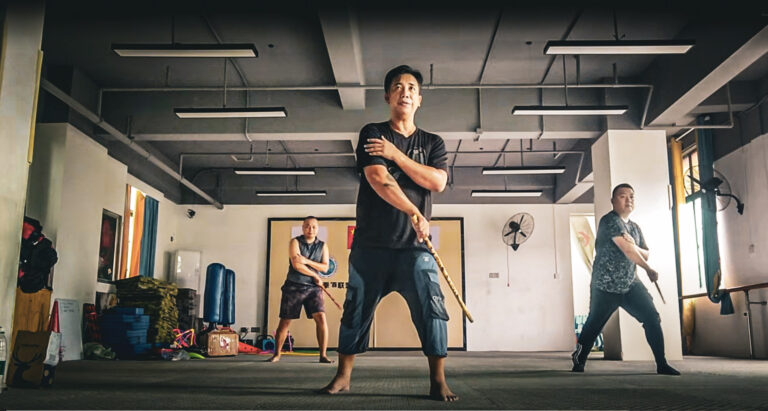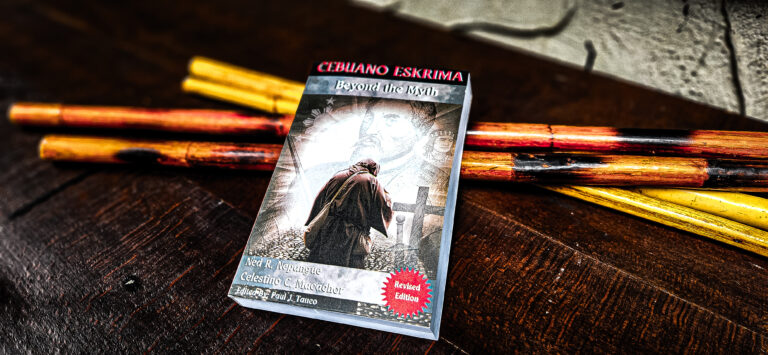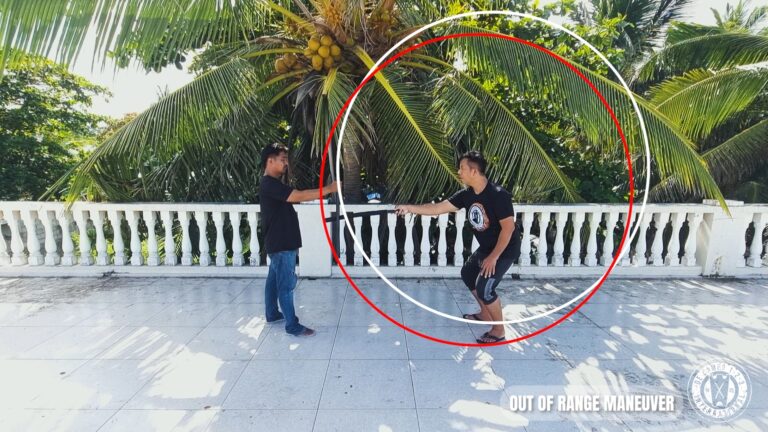The Human Reaction Limit
Science shows that the average human simple reaction time is about 0.19 s (190 ms). Even elite athletes, with training and genetics on their side, can only trim it to around 0.10–0.12 s. In combat, that quarter of a second is huge. By the time your brain registers an attack and your body responds, the strike may already be landing. This is why pure reaction alone can never be relied on in a fight.
Childhood Games That Teach the Lesson
Most of us remember the hand slap game—also called Red Hands. One player’s palms rest on the bottom, the other’s on top. The one on top tries to slap before the bottom player pulls away. Almost every time, the puller wins—because they move on intent, while the slapper is stuck reacting.
Another version is the coin-under-palm challenge: a coin or bill rests under a hovering palm, and someone tries to snatch it away before the hand closes. Nearly every attempt fails, because the closing hand has less distance to travel—and no reaction delay to overcome.
Both games expose the same truth: intent beats reaction, every time.
Cinema Imitates Reality: Bloodsport
In Bloodsport (1988), Jean-Claude Van Damme (as Frank Dux) wagers that he can snatch a coin from an opponent’s palm before the hand closes. He not only succeeds but slyly replaces the coin. While the movie uses a sleight-of-hand trick, the core lesson rings true: once you’re reacting, you’re already late.
Cats vs. Cobras: When Reflex Rules
Unlike humans, cats operate on a different level. Studies suggest feline reaction times range from 0.020–0.070 s, while a cobra’s strike is around 0.044–0.070 s. That’s why cats often look like they’re moving in slow motion when dodging snakes—their nervous system fires faster than the snake’s strike.
Unless you’re a cat, you can’t beat reaction with reaction. You need strategy, timing, and deception.
Bruce Lee and Fred Mastro: Modern Demonstrations
- Bruce Lee showcased this with his straight lead punch. To many Karate stylists, it was “too fast to block.” The truth: Lee moved with intent, no telegraphing, and struck within the opponent’s reaction window.
- Fred Mastro has viral demonstrations where his knife strikes appear “unblockable.” The lesson isn’t mysticism—it’s that the attacker always has the initiative, while the defender is reacting late.
The De Campo 1-2-3 Original Perspective
This principle is at the heart of De Campo 1-2-3 Original. The very name encodes how initiative and reaction interplay:
- 1 = Lure/Bait – The first strike is real and with intent, but also serves to draw out the opponent’s reaction.
- 2 = Counter – As the opponent reacts, their timing and position expose them to the counter.
- 3 = Re-Counter / Finish – Against a skilled opponent, the third strike covers their re-counter. Against most, it serves as the finishing blow.
This ties directly into an aspect fading from much of today’s FMA: the art of creating an opening. Openings are always there, but rushing into them is risky—they may be baits designed to trap you. In De Campo, the fighter does not depend on waiting for an opening. He creates it, forcing the opponent into reaction and then finishing on his own terms.
Final Takeaway
Reaction is slow. Initiative is fast. Unless you’re a cat, you cannot win by reflex alone. The key is to bait, counter, and finish—the very essence of De Campo 1-2-3. You don’t react to your opponent; you make him react to you.
👉 Want to study these principles deeper? Join the De Campo 123 Master Class and see how this system builds timing, deception, and finishing power into every strike.

